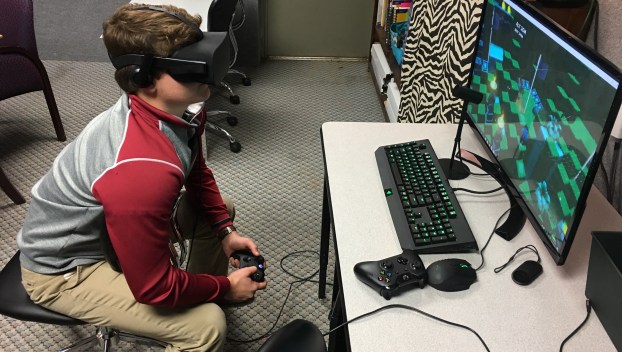
Local News
WAVE OF THE FUTURE: Endless possibilites with AHS virtual reality program
Imagine being able to take a field trip to anywhere in the world without the leaving the confines ... Read more

Imagine being able to take a field trip to anywhere in the world without the leaving the confines ... Read more

Virtual reality is one of this year’s hottest holiday gifts. VR headsets let you immerse yourself in new ... Read more